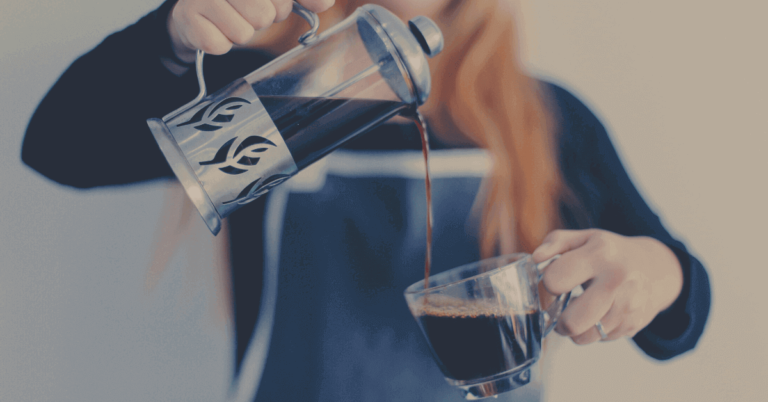How to make Decaf Coffee: 4 Unique methods of Decaffeinating
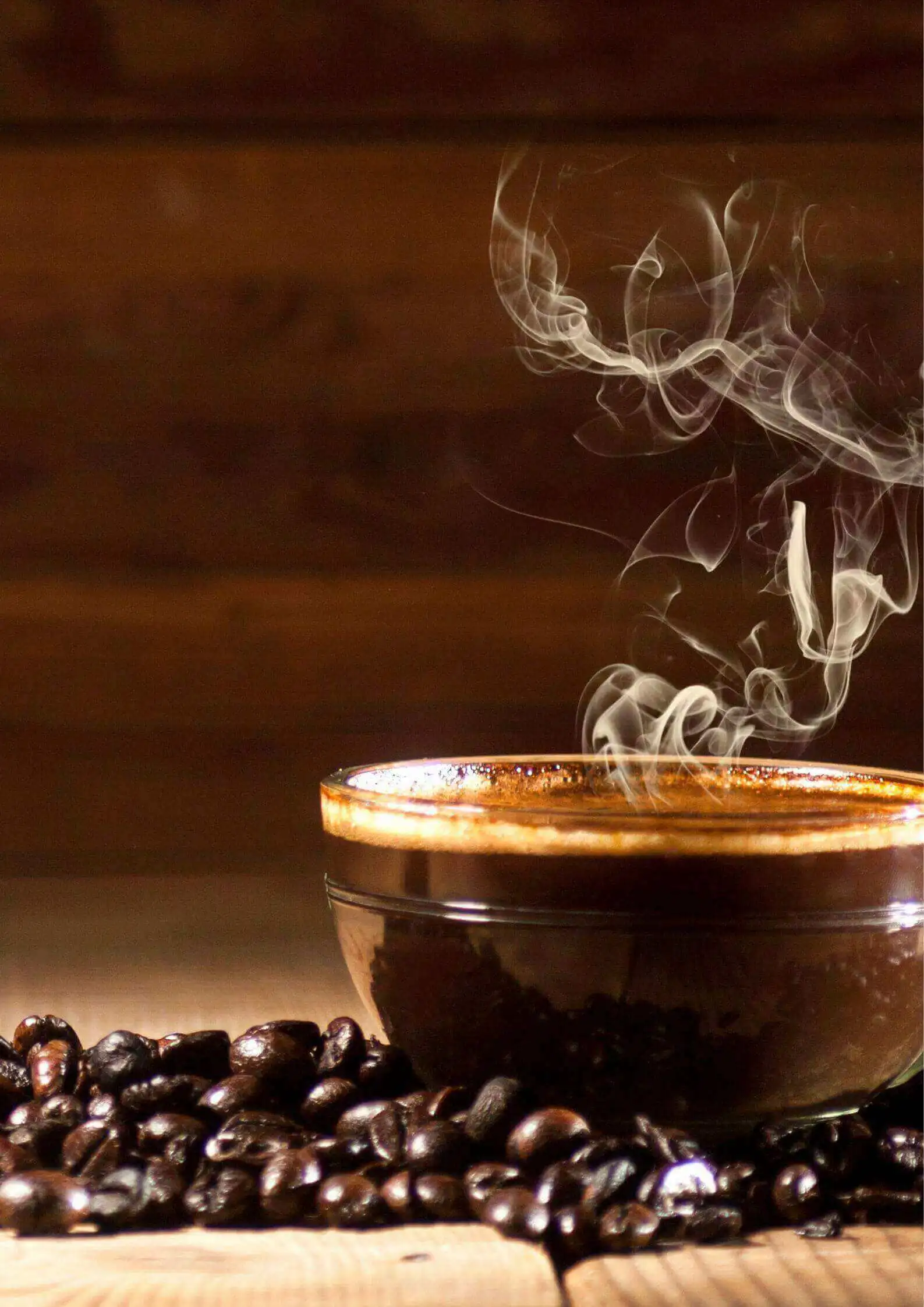
Mostly people thought that decaf coffee and caffeine free coffee are the same. But it’s not the same. The decaffeinated process does not remove all the caffeine from coffee beans. Naturally, this has prompted more investigation into the advantages and disadvantages of consuming decaffeinated or decaf coffee due to its lower caffeine concentration.
Coffee, tea, and chocolate also contain caffeine, which is a naturally occurring stimulant. The most extensively used psychoactive substance in the world, it is frequently used to get the day started. This strong little pick-me-up chemical does, however, have some undesirable side effects, such as jitters and the afternoon slump.
In addition, taking too much caffeine cause heartburn, vomiting, and nausea in addition to an overstimulated brain. Caffeine is not suitable for everyone for this reason.
Decaf serves as a lifesaver because it can be really difficult to give up the morning cup of coffee. Decaf coffee has just 3% or less caffeine content. We will discuss in detail what is decaf coffee and how to make decaf coffee.
What is decaf coffee?
Coffee without caffeine is pretty comparable to regular coffee. The key distinction is that, as compared to regular coffee beans, decaf coffee beans have already had 97 percent of their caffeine removed.
It means decaf coffee is nearly caffeine-free but not entirely free of caffeine, you can consume a cup of it to start your day.
Manufacturers can choose from a variety of methods to get the caffeine out of the coffee bean. However, it typically entails soaking the beans in water as well as a different solvent, most frequently methylene chloride or ethyl acetate.
There are some pros and cons of decaf coffee:
Decaf Coffee Pros
Detoxification:
The vitamin B-3 in decaffeinated coffee helps to cleanse the body. It works well against the free radicals plus foreign substances that stress and anxiety produce.
Improved memory:
Polyphenols, which are found in decaffeinated coffee, are believed to increase cognitive function and alertness. Additionally, it has been claimed that these polyphenols can prevent cognitive issues including early-onset dementia.
Reduces the risk of Type ll diabetes:
Several studies have shown that decaffeinated coffee can lower the risk of getting the disease. Decaf coffee contains antioxidants that help fight free radicals.
This lowers oxidative damage and guards against conditions like Type ll diabetes, heart disease, and cancer. Magnesium, which serves as a defense against diabetes, is also found in decaffeinated coffee.
Decaf Coffee Cons
Heart-harming:
Research about coffee have discovered that decaffeinated coffee may harm the heart by raising the levels of certain cholesterol in the blood. Because of the stronger flavor of the Robusta bean compared to the more widely consumed Arabica bean, Robusta is frequently used to make caffeine-free coffee. However, Robusta beans inherently contain more fat than other types of beans.
Lose the health advantages of regular coffee:
Due to the decaffeination procedure, which renders decaf coffee an extremely processed product. While the production of regular coffee is a natural process, decaf coffee is essentially the opposite.
Risk of harmful chemicals:
It has been shown that the decaffeination procedure increases fatty acids, which can affect our metabolic syndrome or raise our risk of heart disease. Worse yet, methylene chloride, a chemical frequently used to decaffeinate coffee, has been identified as a possible human carcinogen.
Decaf vs Regular Coffee
Decaf coffee beans are the same as regular coffee beans while decaf coffee is made from decaffeinated coffee beans by various means.

Caffeine amount in decaf coffee and how much caffeine is in a cup of decaf coffee? In comparison to a standard cup of regular coffee, which contains about 95 mg of caffeine, a standard cup of decaf coffee contains just about 2 mg.
How coffee is decaffeinated?
Ludwig Roselius, the owner of the beverage company Kaffee HAG and another German, was the first to come up with a workable decaffeination technique. By chance, Roselius learned the decaffeination method. Coffee was being transported in 1903 when it was flooded by seawater, removing the caffeine but keeping the flavor.
Roselius devised an industrial technique to replicate it, boiling the beans using various acids before removing the caffeine with benzene. Coffee with no caffeine was created. Some coffee lovers prefer to eat coffee beans as well.
There was a hunt for innovative methods to extract the caffeine from beans while preserving the flavor because it was discovered that benzene may be carcinogenic.
How to make decaf coffee?
There are four methods to make decaffeinated coffee. Although we can’t remove 100% caffeine from the coffee we can reduce its less harmful level.
- Direct solvent
- Indirect solvent
- Supercritical CO2 process
- Swiss water process
Coffee is decaffeinated in its green roasted form. Since coffee contains over 1,000 compounds that are crucial to its flavor and aroma, it is difficult to do this.
All methods of decaffeination involve water because caffeine is a chemical that is soluble in water. Water by itself, however, is not the ideal decaffeination method. Caffeine is removed together with other soluble compounds like carbohydrates and proteins since water is not really a selective solvent.
Consequently, a decaffeinating agent is used in all decaffeination operations such as methylene chloride, carbon dioxide, activated charcoal, and ethyl acetate. By accelerating the process and reducing the washed-out impacts that water itself could have on the flavor of decaf coffee, these additives help prevent this.
1) Direct Solvent
The beans are either steamed or soaked in water to make them softer, which facilitates the decaffeination process. Once prepared, the coffee beans are continuously dipped into a solution containing methylene chloride or ethyl acetate, depending on the solvent.

For this procedure, ethyl acetate is typically employed. Because the molecule is naturally present in fruits, it is marketed as a “natural” solution to take the caffeine out of coffee.
2) Indirect Solvent
The coffee beans are steeped in water that is almost boiling for several hours in the indirect-solvent process in order to extract the caffeine along with other flavorings and oils from the beans.
The water is then separated and moved to some other tank in which the beans are washed with ethyl acetate or methylene chloride for roughly 10 hours. After forming a strong chemical link with both the molecules of caffeine, the chemical solvent is next heated to evaporate it along with the caffeine.
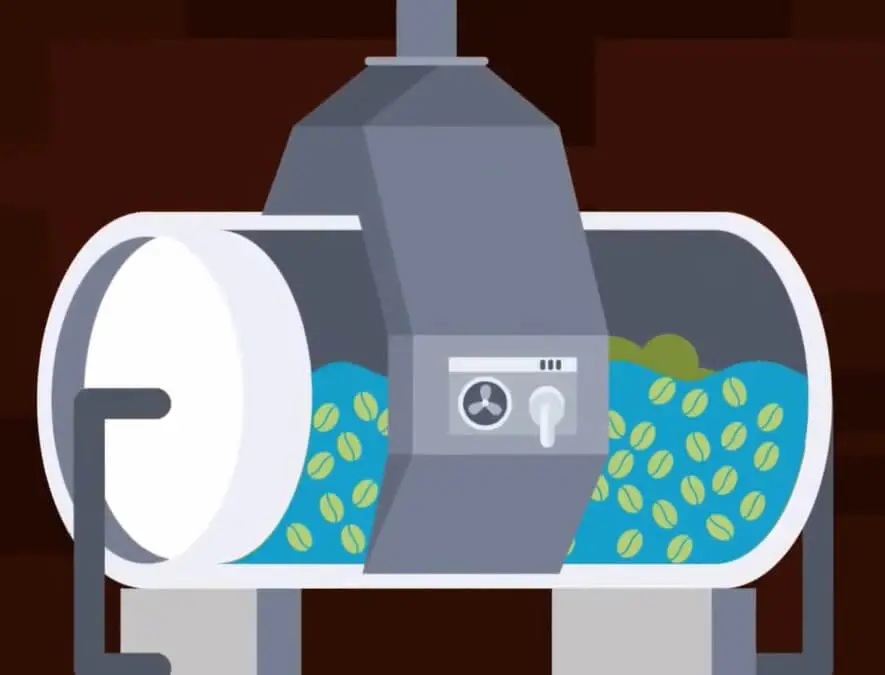
In order to reabsorb the majority of the coffee oils or flavor components, the beans are lastly reintroduced to the liquid.
3) Supercritical CO2 process
The newest technique is the carbon dioxide approach. It was created by Max Plank Institute scientist Kurt Zosel and substitutes liquid carbon dioxide for chemical solvents. It only releases the alkaloid in response to caffeine, acting only on that substance.
Coffee beans that have been steeped in water are put in an extraction vessel made of stainless steel to undergo CO2 decaffeination. Caffeine is then extracted from the coffee by sealing the extractor and applying pressure of 1,000 pounds per square inch to liquid carbon dioxide.
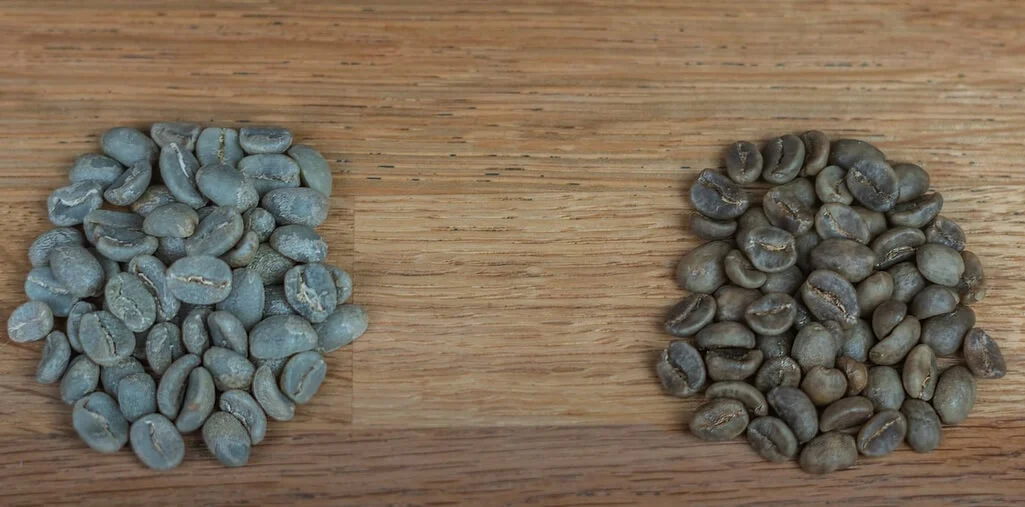
The larger-molecule flavor components are left behind while the CO2 serves as a solvent to dissolve and pull the caffeine from coffee beans.
4) Swiss water process
The Swiss water decaf process involves soaking the beans in water; the flavor-rich, caffeine-rich solution is then filtered through activated carbon, which extracts the caffeine.
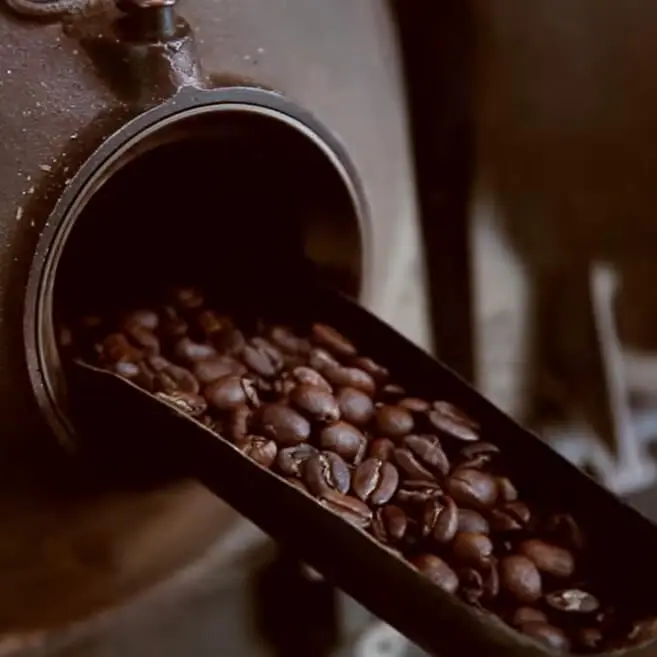
Swiss water decaf coffee gives the same taste as regular coffee. This technique was initially applied commercially in 1979, but it had its origins in Switzerland in the 1930s. Being the first decaffeination technique without solvents, it was well-liked.
How to make the best decaf coffee?
The majority of decaffeination methods can destroy or remove many of the chemical components that give specialty coffee its complex and unique flavors. Although SWP is eco-friendly and works well with less acidic coffees, it frequently gives decaffeinated coffee a muddy taste.
There are some best decaf coffee such as Taylor’s decaffeinated ground coffee, illy coffee decaffeinated, Lavazza Caffe decaffeinated ground coffee, and others.
Same as decaffeinated coffee, the caffeine content is reduced in tea. Usually, in the tea decaffeinated process, you can use carbon dioxide, and soluble chemicals with a similar procedure. Extraction by carbon dioxide and chemical solvent extraction is the best method to decaffeinate the tea.
To Sum thoughts up
Decaf coffee means coffee without or at least an amount of caffeine. Decaffeinated coffee is made easily. Although making decaf coffee you can use various methods or simply you can soak the coffee beans in hot water, boil them, and let them cool, caffeine in coffee beans is highly soluble in water. Now press the grounds and pour off the water. Decaffeinated coffee has lower caffeine content than regular coffee and has no side effects.





